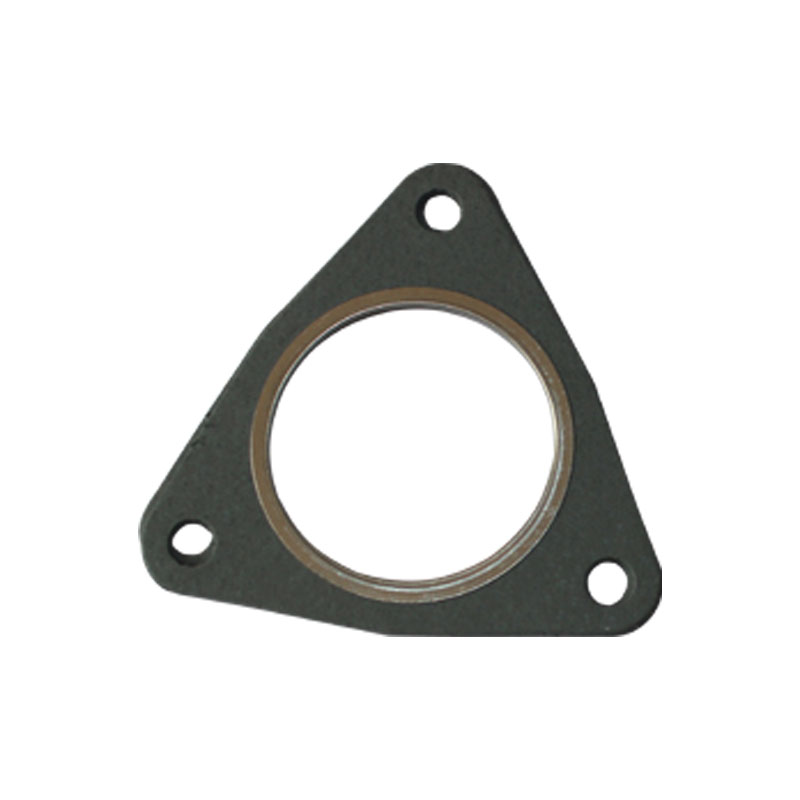Ways to Effectively Reuse Crush Washers for Better Sustainability Practices
Reusing Crush Washers A Sustainable Approach to Automotive Maintenance
In an era where sustainability and resource conservation are more crucial than ever, reusing parts and materials has come to the forefront of many discussions, including the automotive industry. One often overlooked component that can contribute to this effort is the crush washer. Typically used in oil and fuel systems, crush washers play a critical role in preventing leaks by creating a tight seal between two surfaces. However, instead of discarding them after a single use, many vehicle owners and mechanics are discovering the benefits of reusing crush washers.
Understanding Crush Washers
Crush washers are typically made from soft metal, such as aluminum or copper. They are designed to deform slightly when tightened, forming a seal that prevents fluids from leaking. Due to the nature of their function, many people assume that once a crush washer has been compressed, it can no longer create an effective seal and must be replaced. While it is true that these washers are designed for one-time use, the reality is that many can still be reused depending on their condition after the first application.
The Case for Reusing Crush Washers
1. Cost-Effectiveness One of the immediate benefits of reusing crush washers is cost savings. Automotive maintenance can be expensive, and every little cost reduction can add up. Instead of purchasing new washers for each project, reusing existing ones allows mechanics and car owners to save money without compromising quality.
2. Environmental Impact The automotive industry is notorious for its environmental impact. By reusing parts like crush washers, mechanics can significantly reduce waste. This aligns with broader sustainability initiatives aimed at minimizing the carbon footprint of automotive maintenance. By considering reusable components, not only do we help reduce waste in landfills, but we also lessen the demand for new materials, which can be resource-intensive to produce.
reusing crush washer

3. Time Efficiency Reusing crush washers can also save time. When performing routine maintenance or repairs, mechanics can streamline their processes by utilizing parts they already have on hand. This reduces downtime and can lead to quicker service, benefiting both the mechanic and the customer.
How to Effectively Reuse Crush Washers
If you're considering reusing crush washers, there are several guidelines to follow to ensure effectiveness and safety
- Inspect the Washer Always inspect the crush washer for any signs of significant deformation, cracking, or wear. If the washer appears to be damaged, it’s best to replace it with a new one. - Clean Thoroughly Before reusing a crush washer, make sure to clean it thoroughly. Residue from oil or fuel can impair its sealing ability. Use a degreaser or a solvent to ensure it is free from contaminants. - Limit Reuse While reusing crush washers can be beneficial, it's important to limit the number of times you reuse them. A general best practice is to allow for reuse only a few times, depending on the application and the condition of the washer.
- Follow Manufacturer Guidelines Refer to the vehicle's manual or manufacturer recommendations regarding the use and reuse of crush washers. Some applications may specify that new washers must be used each time, while others may permit reusing under certain conditions.
Conclusion
The practice of reusing crush washers can have positive economic and environmental impacts, contributing to a more sustainable approach to automotive maintenance. With the right inspection and cleaning methods, these small yet vital components can serve multiple functions, ultimately leading to a reduction in waste and expenses. As more individuals and mechanics acknowledge the importance of sustainable practices, reusing crush washers can become a simple yet effective step towards a greener automotive industry. By integrating such habits into everyday repair and maintenance routines, we contribute not only to our wallets but also to the environment.
-
Understanding the Front Main Engine Seal: Purpose, Maintenance, and Installation
News Jul.29,2025
-
Understanding O-Rings and Seal Rings: Types, Applications, and Custom Solutions
News Jul.29,2025
-
Understanding Crankshaft Oil Seals: Rear Seals, Pulley Seals, and Their Role in Engine Integrity
News Jul.29,2025
-
The Importance of Front and Rear Crankshaft Seals in Engine Performance and Oil Management
News Jul.29,2025
-
Crank Oil Seals: Functions, Types, and Cost Considerations in Engine Maintenance
News Jul.29,2025
-
A Comprehensive Guide to O-Rings and Seals: Types, Materials, and Global Applications
News Jul.29,2025
-
Mastering Diesel and Performance Engine Maintenance: A Guide to Critical Oil Gaskets
News Jul.28,2025
Products categories















